The construction business involves a lot of different professions. Electricians, plumbers, and HVAC contractors, to name a few. All of these, and more, are an important part of successfully completing a project. But with so many different people working at the same time, it becomes difficult to keep track of everything. This is where construction punch lists come into play. So: what is a construction punch list? What sort of information does it hold? Can you use a construction punch list template?
We’ll answer these questions and also provide a downloadable construction punch list template free of charge, just in case you’re trying to figure out where to start.
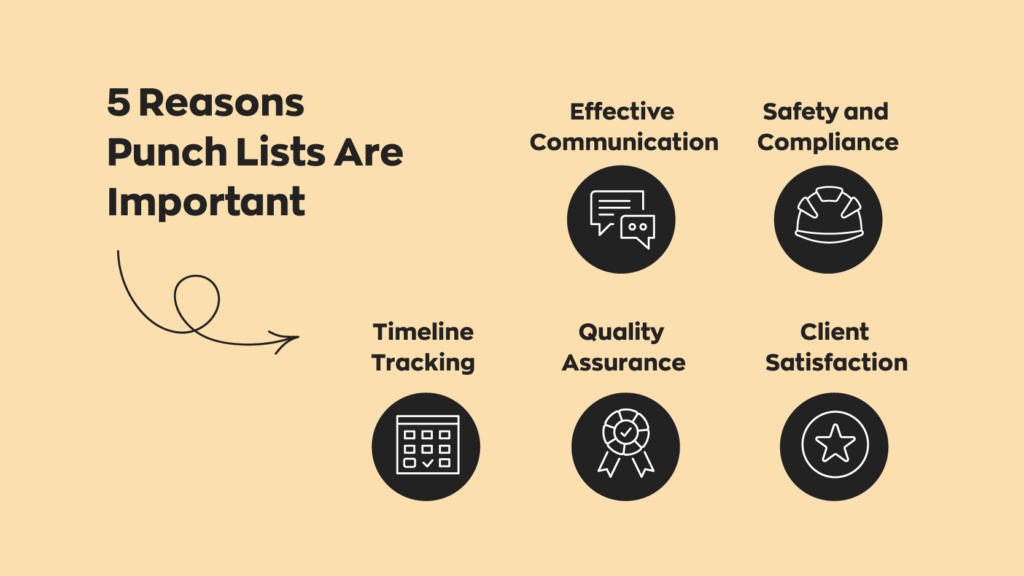
With that out of the way, let’s dig in!
What is a construction punch list?
Fortunately, construction punch lists don’t involve any actual punching. Rather, a construction punch list is a sort of checklist that contractors use to make sure that they’re meeting specifications. Contractors typically use them when a project nears completion before the final inspection takes place, but they’re also commonly used during important milestones in the construction process.
A proper construction punch list will outline all tasks to be completed before the building is fit for occupancy. These issues are pointed out by stakeholders during a walkthrough and later compiled into a list. For this reason, they tend to include a lot of last-minute fixes and tidying up.
What should a construction punch list template include?
Construction projects tend to make use of the same contractor types, but there are so many variables to consider that it pays to do some organizing ahead of time. There are quite a few construction punch list templates out there, but they tend to hold the same key information.
First and foremost, make sure that you correctly label your construction punch list template with the job site location and name. If you lose track of what’s happening, you’ll find yourself in a world of problems later down the line. From here, there are typically six key components.
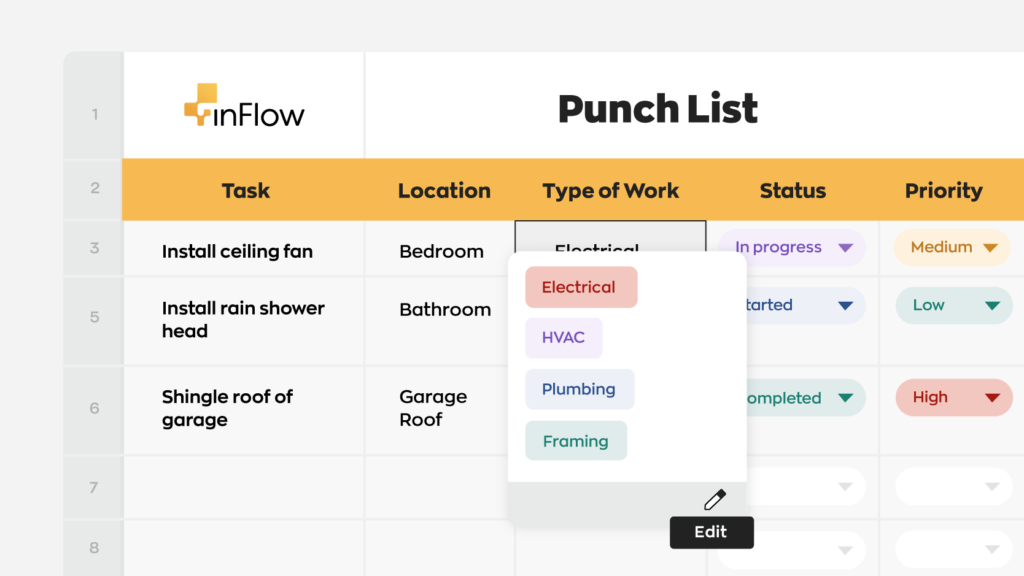
Location
Don’t confuse this with the job site location! Buildings are big, which means there’s a lot of work in many different areas that you need to complete. Making sure that contractors know where they’ll be working helps keep things moving as quickly as possible. There is also a good chance that you’ll need to perform some of the same things in different areas of the construction site.
Type of work
Generally speaking, every location within a project will need many different types of work done. Something like a kitchen, for example, could feasibly need work from all 7 types of contractors. It’s important to know who needs to be where in order to maintain a coherent workflow.
Description of work
Include a brief description of the task so that contractors know what they’re looking for. It’s important to keep the descriptions brief but make sure they know what they’re dealing with.
Priority
Some tasks need to be completed sooner than others. An unsound wall is a bigger issue than a loose pipe, for example. Assigning different levels of priority to tasks also helps make sure that the project is advancing in the correct manner.
Responsible contractor
Usually, there will be multiple contractors of the same type working on the same job site. Assigning tasks to individuals helps keep everyone on track and makes it easier to keep an eye on things.
Due date
Setting a due date (even if it’s not met for whatever reason) helps keep things moving. Construction projects are often time-sensitive, so it’s a good idea to have a timeline in mind.
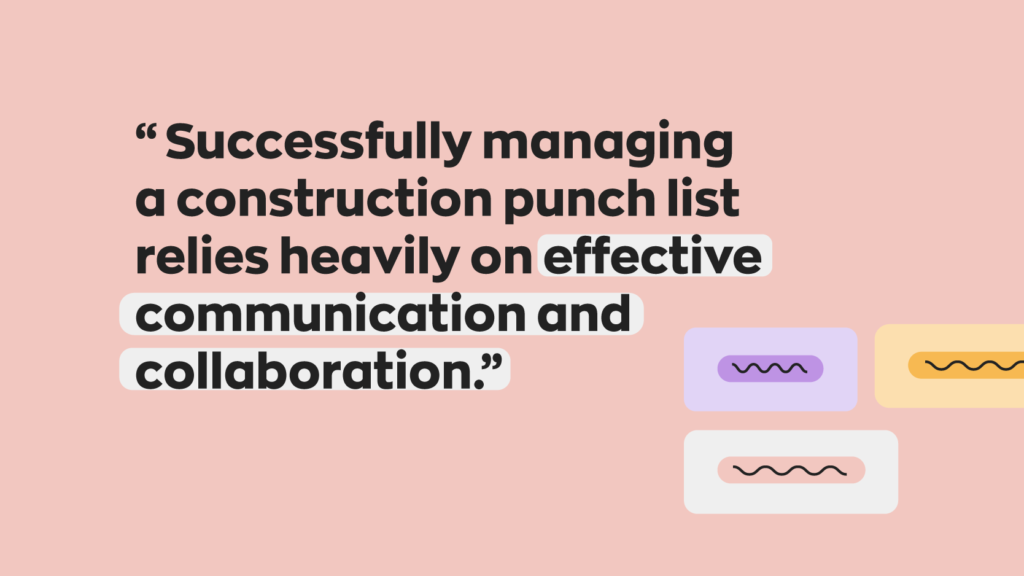
Something to keep in mind is that punch lists need to strike a balance. Too little information, and you’ll end up impeding your own workflow. Too much information, though, and you run the risk of overcomplicating things. In the worst-case scenario, you’ll end up creating more work for yourself in the long run.
Download our Free Construction Punch List Template
Who is in charge of the construction punch list?
As a rule of thumb, the general contractor or project manager creates and maintains the construction punch list. However, you can use the list itself as a collaborative tool. Giving every contractor the ability to make changes to it might not be a great idea, but be sure to keep it updated.
What is a zero punch list?
If you’ve done some research on your own, there’s a good chance you came across the term “zero punch list.” If you’re confused, don’t worry, it’s not some sort of special construction punch list template. A zero punch list is an ideal of sorts, where there are no issues to address at the end of a project’s lifespan.
We mentioned before that general contractors usually compile a punch list near the end of a project. The tasks that are added to the list are pointed out by stakeholders during a walkthrough, and written down for later. A zero punch list means that there is nothing you need to address upon the project’s initial completion. This leads to a pretty big question: is this attainable? And the answer? Well… sort of.
Error is a constant
The unfortunate truth is that error, especially human error, is a constant. Even putting that aside, getting everything right the first time is difficult, and specifications could change mid-project. This doesn’t mean a zero punch list is unattainable, and reducing the amount of work is always a good thing.
With that in mind, there are some best practices to keep in mind. To start, make sure everyone is on the same page. One person’s idea of “quality” might differ from the next person’s. If there’s no consistency between contractors, you’ll create a lot of extra work down the line.
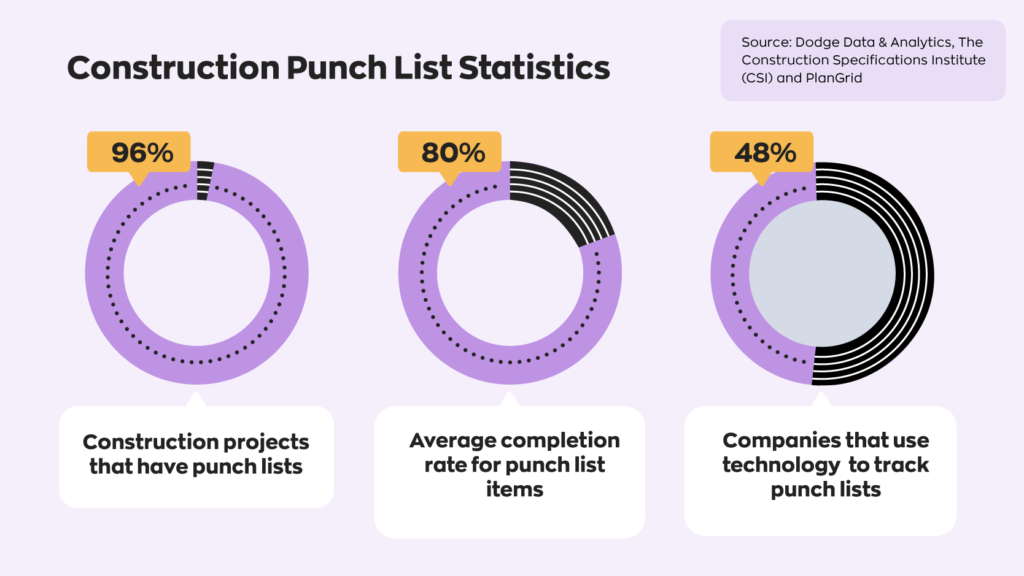
Technology is also a big factor in helping streamline your job sites. Using field management software like inFlow can go a long way in getting close to a zero punch list. It helps make sure that people are where they need to be, reducing the amount of punch list tasks.
You should also get in the habit of performing periodic walkthroughs. Conducting preliminary walkthroughs at set intervals can help fix problems before they become bigger issues. They’ll also give a good overview of what’s going on, which can help with planning the next steps.
Last but not least, it’s important to communicate on a regular basis with every relevant party. Different contractors have different fields of expertise, and it’s important to understand everything that’s going on.
Conclusion
Overall, punch lists are a simple but important industry tool. They help ensure that construction and/or renovation projects are complete and up to the required standard and specifications. This will make sure that everyone involved in the project is on the same page about what work needs to be done before the project is considered finished.


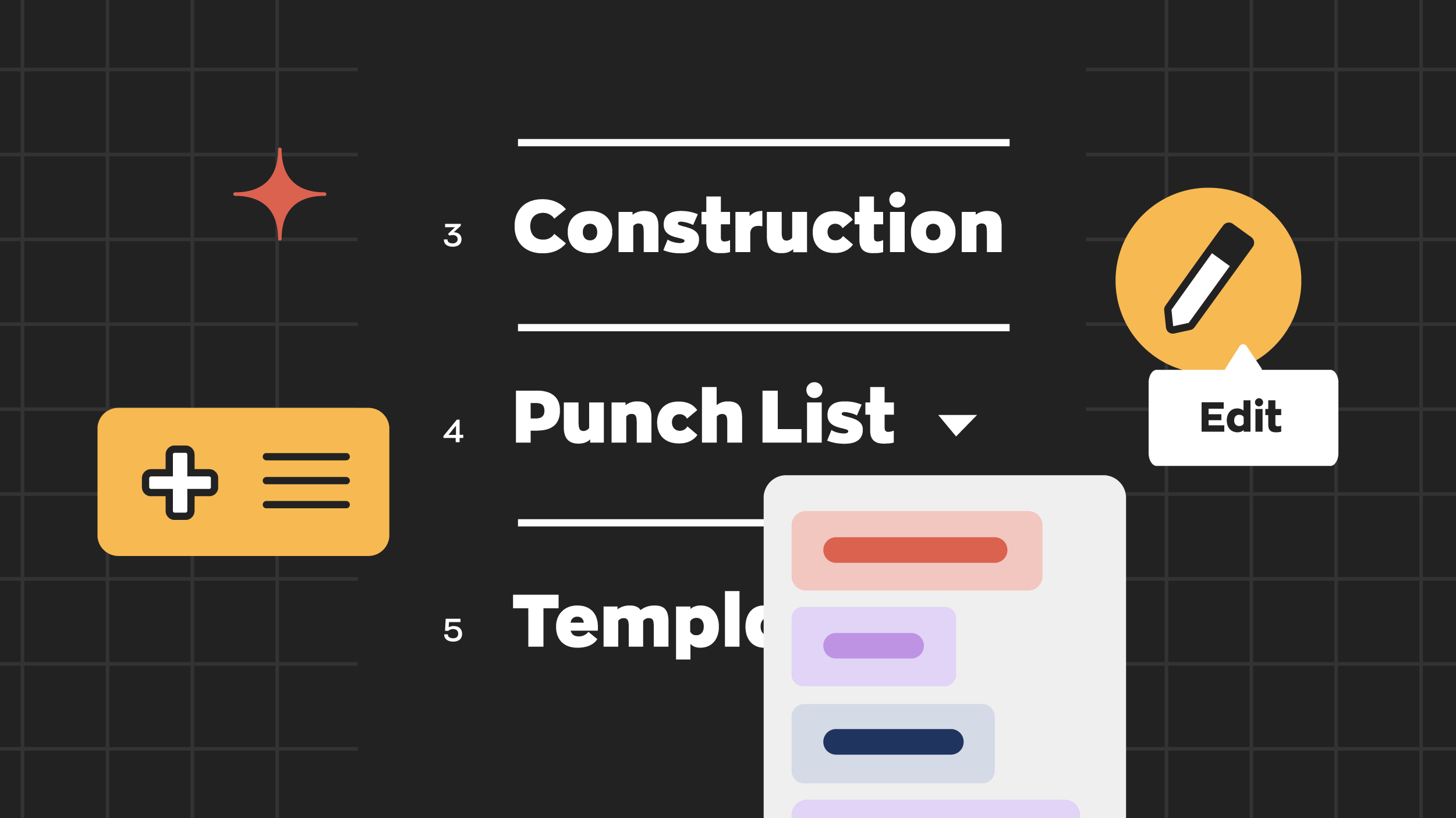



What does your punchlist template look like and is it preloaded with items such as walls paint, carpet fraying . call me 5103261167
Hey William,
Thanks for reading. Our punch list is populated with some random items that can be altered and changed very easily. If you’d like to take a look you can download the punch list directly from the article above. Look for the blue highlighted hyperlink text that reads “Download our Free Construction Punch List Template” and click it. It should trigger a download for an XLSX file (this is an Excel file, but also would work in Google Sheets). I hope this helps!
Cheers,
Jared